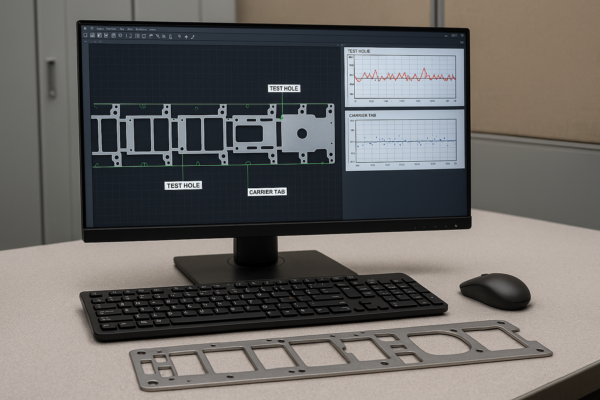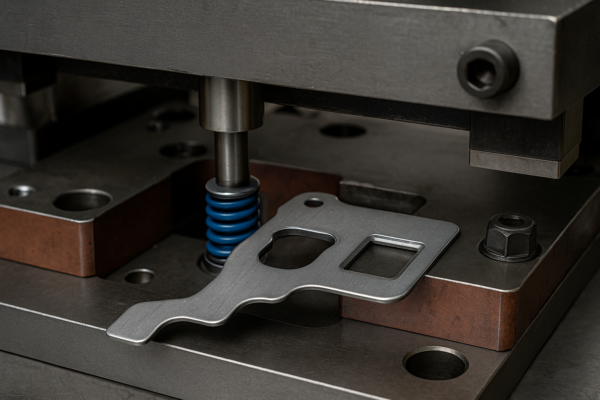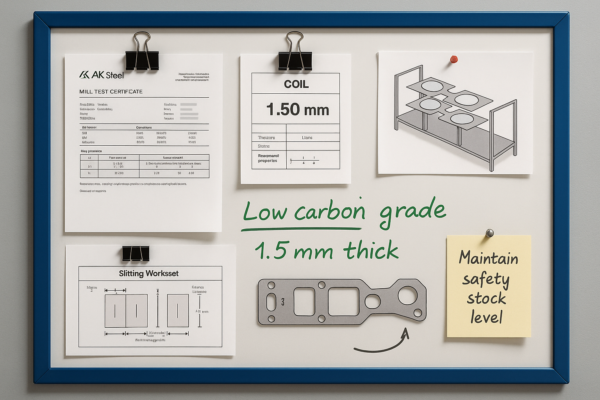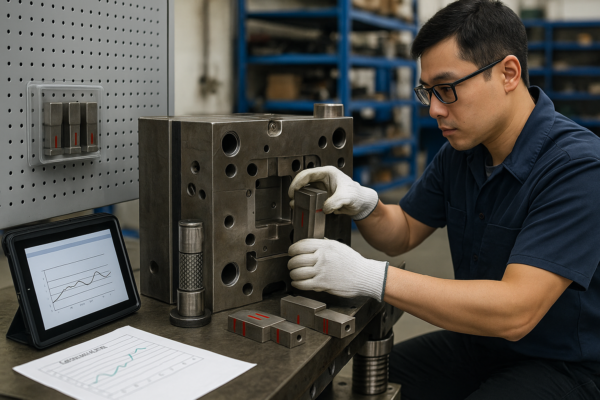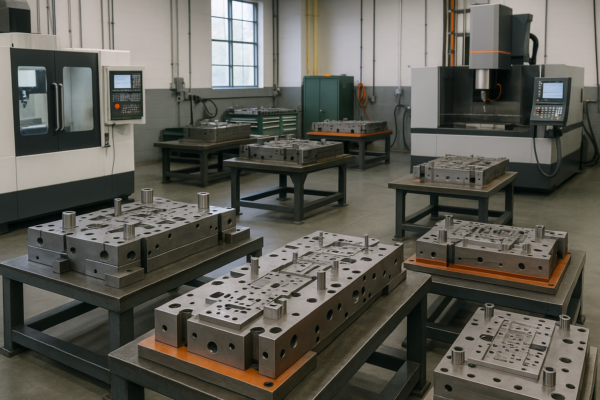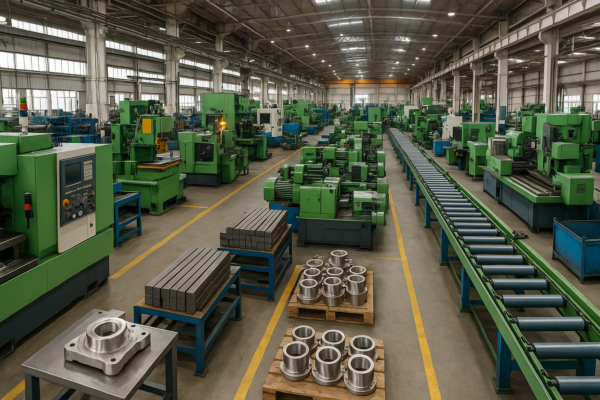How to sand metal at home?

Rusted, painted, or scratched metal needs sanding before painting or repair.
To sand metal at home, use aluminum oxide sandpaper, sanding blocks, or power tools. Work from coarse to fine grit for best results.
Even without industrial machines, you can prep metal surfaces effectively.
What is the easiest way to sand metal?
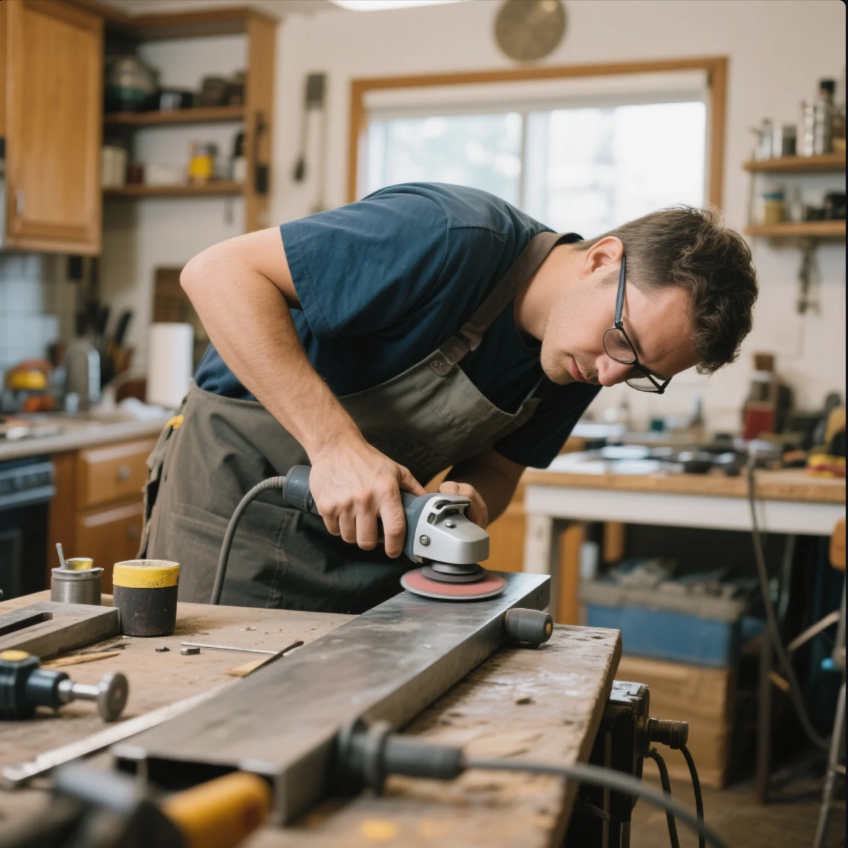
Sanding metal can feel slow without the right method.
The easiest way is to use a sanding block or orbital sander with aluminum oxide sandpaper. Start coarse, then go finer.
For small or flat parts, hand sanding works well too.
Easy Metal Sanding Steps
- Clean the surface with degreaser
- Use 80–120 grit to remove paint or rust
- Switch to 220–320 grit for smoothing
- Wipe clean before coating or painting
At Prime, we prep large batches using machines—but the same process works for home metal sanding, just on a smaller scale.
Can you sand metal down by hand?

Yes—you don’t need power tools to sand small parts.
You can sand metal by hand using sandpaper, sanding sponges, or files. It takes more time but gives control over pressure and detail.
This works great for detail work or delicate parts.
Hand Sanding Tips
| Tool Used | Best For |
|---|---|
| Sandpaper sheets | Flat areas, light rust removal |
| Sanding sponge | Curves, uneven shapes |
| Metal file | Sharp edges, heavy rust spots |
At Prime, we use hand sanding on sensitive areas of CNC machined parts—especially where tolerances matter.
Will regular sandpaper work on metal?

Using the wrong sandpaper wastes time—or worse, damages your part.
No, regular wood sandpaper won’t last on metal. Use aluminum oxide or silicon carbide sandpaper for effective results.
They cut through rust, paint, and oxidation without wearing out too fast.
Best Sandpaper for Metal Use
| Sandpaper Type | Use Case | Grit Range |
|---|---|---|
| Aluminum Oxide | General sanding | 80–400 |
| Silicon Carbide | Wet sanding, polishing | 400–1000+ |
| Zirconia Alumina | Heavy-duty rust removal | 36–80 |
At Prime, we always choose sandpaper by application—whether prepping steel fasteners or stamped steel parts for coating.
What is the best tool to sand down metal?

Manual sanding is fine—but power tools save time on big projects.
The best tool for sanding metal is a random orbital sander. For corners or curves, use a rotary tool or detail sander.
Angle grinders work for heavy rust but need careful control.
Recommended Tools for Sanding Metal
| Tool | Best Use |
|---|---|
| Orbital Sander | Flat surfaces, medium to large parts |
| Angle Grinder (with flap disc) | Heavy rust, fast removal |
| Rotary Tool (Dremel) | Small, curved, or tight spaces |
| Sanding Block | Precision hand sanding |
We use all of these tools at Prime for different stages of CNC and stamped metal part finishing—ensuring clean surfaces every time.
Conclusion
Sanding metal at home is easy with the right grit, tools, and method—start rough, finish smooth.
Contact Prime today for professional metal finishing, expert coatings, and global supply solutions. With 20+ years of experience, 10 production lines, and ISO-certified services, we deliver top-quality metal parts ready for any environment.

